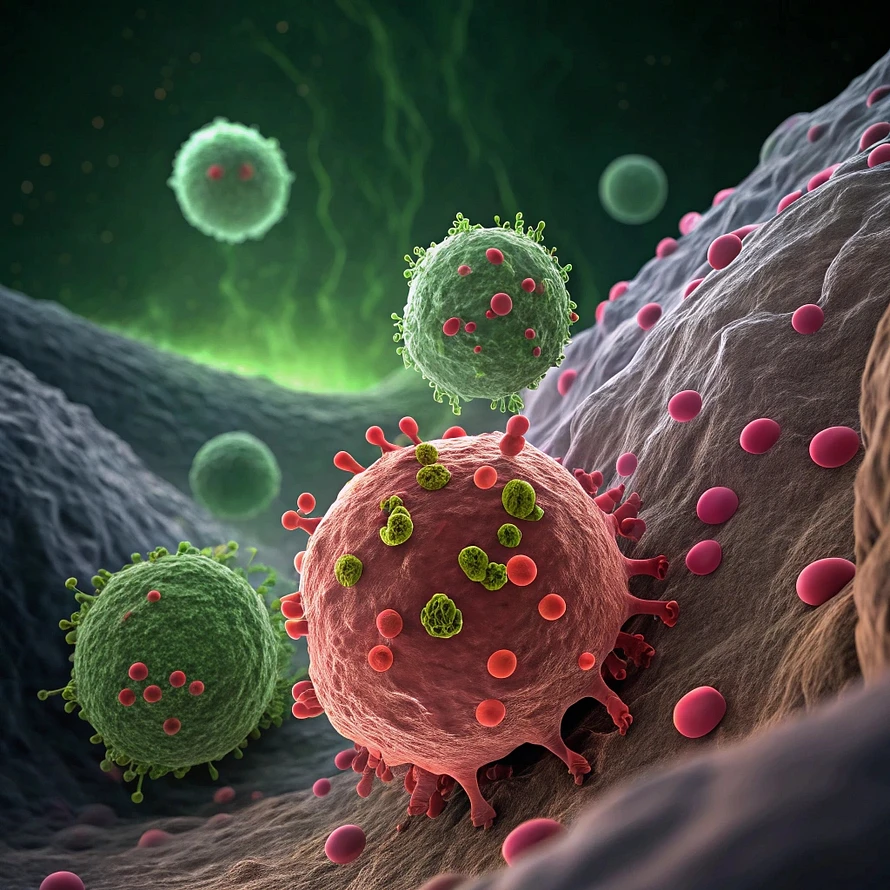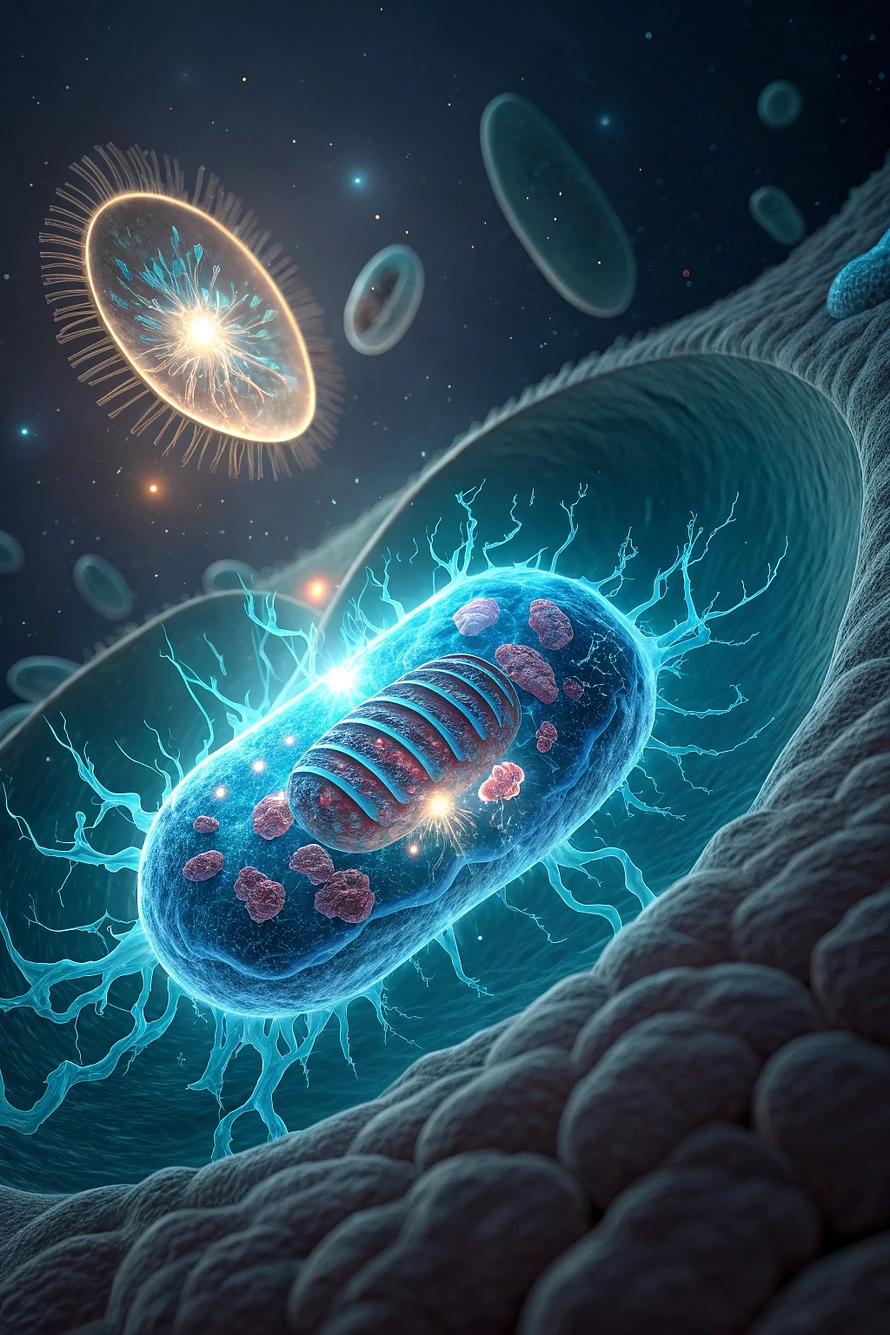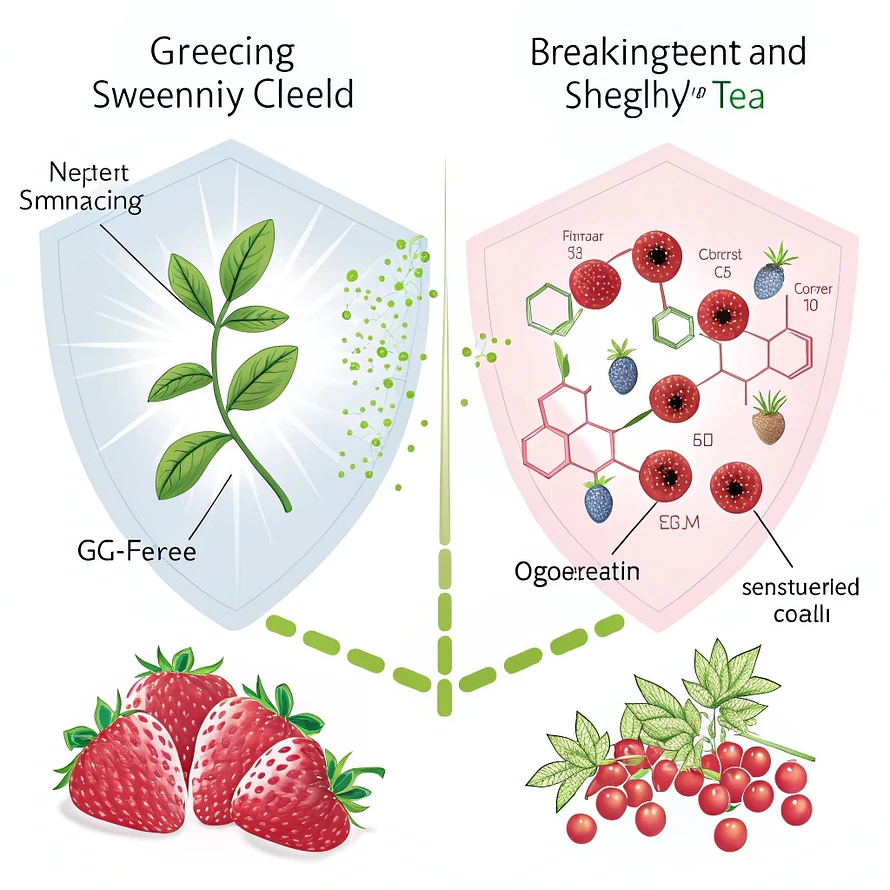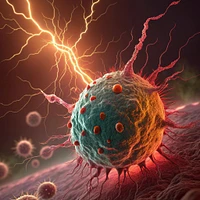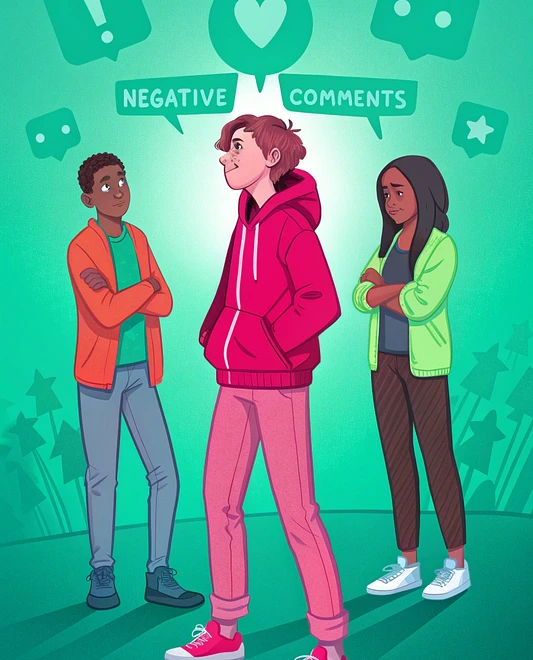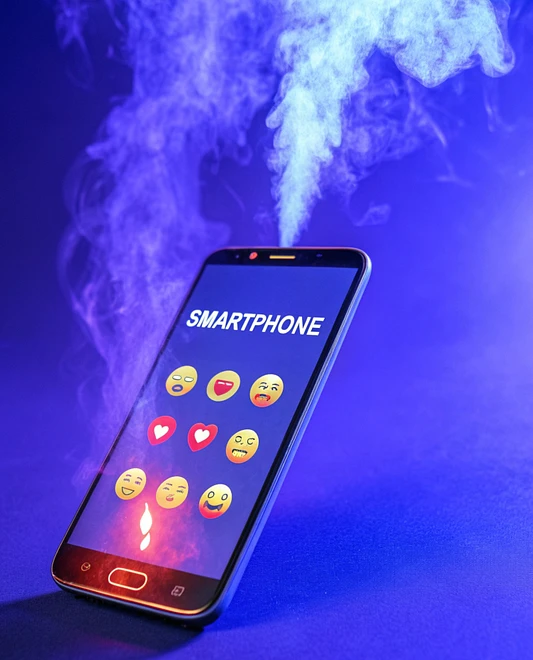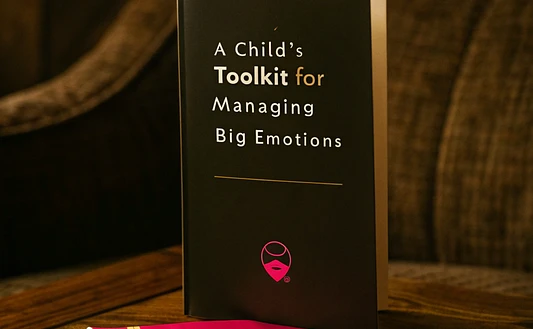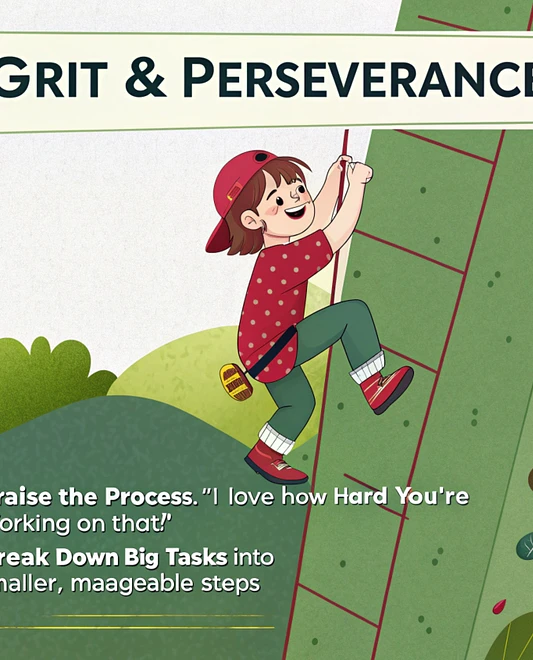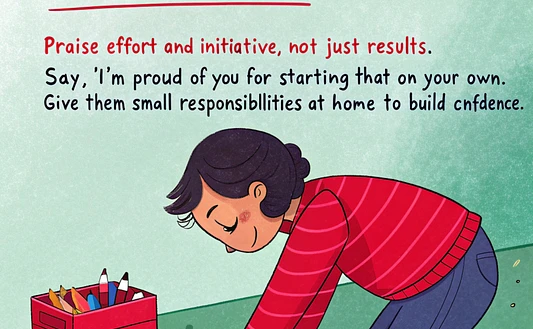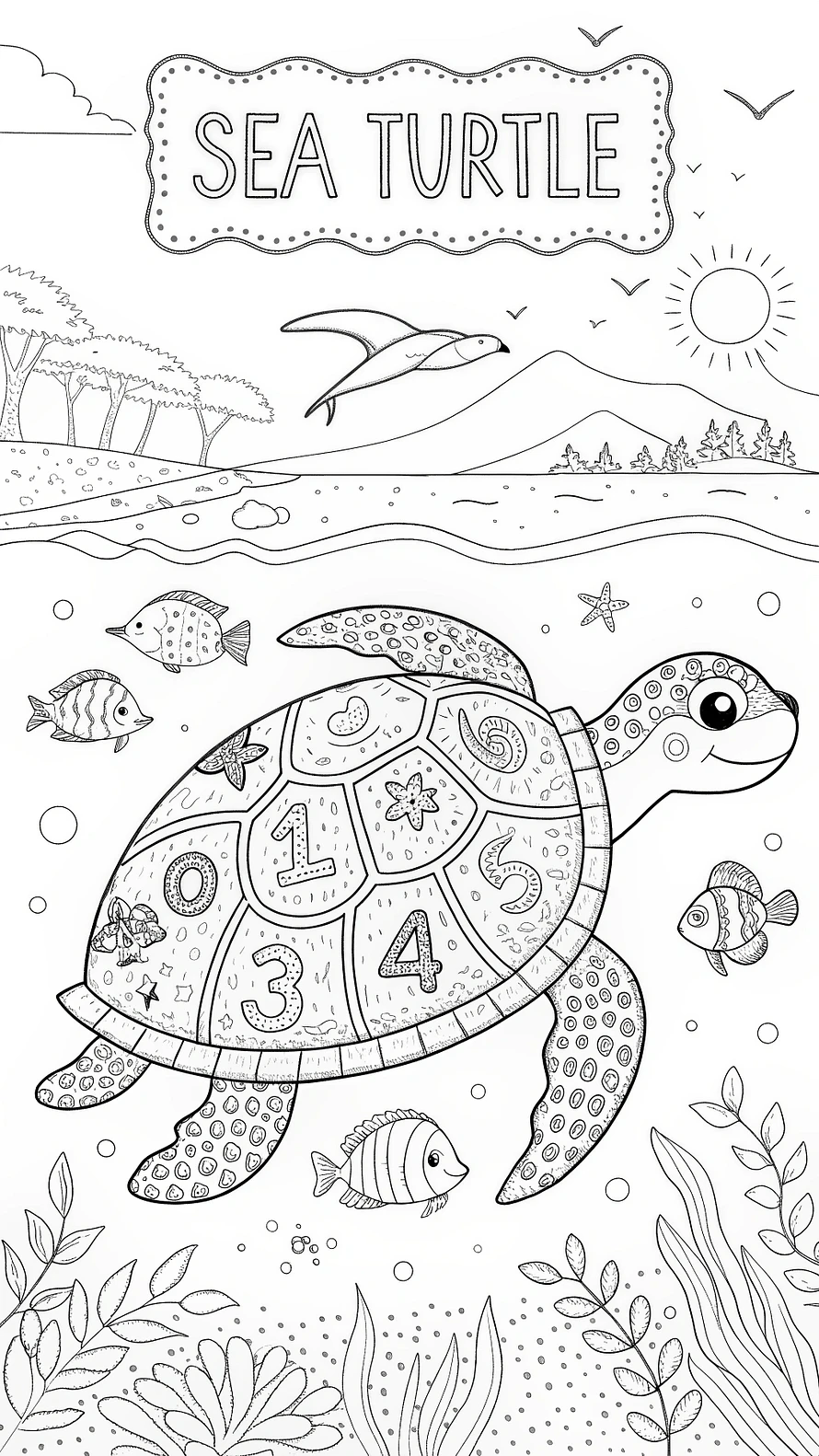.
When Words on a Screen Become Weapons: The Cyberbullying Crisis No One Wants to Talk About
Last updated: October 2025
Sarah was 14 when she found the Instagram account. Someone had created a fake profile using her photos, posting them with cruel captions rating her appearance. Within hours, classmates had found it, shared it, and added their own comments. By the time her mom discovered her crying in her room that night, the damage was done. The account was reported and deleted, but screenshots had already spread across three different schools.
Sarah's story isn't unique. It's happening right now to someone's daughter, someone's son, someone's student. And the scariest part? Most parents have no idea it's happening until it's too late.
The Statistics That Should Terrify Every Parent
Let's start with the numbers, because they paint a picture that's impossible to ignore:
-
59% of U.S. teens have experienced some form of online harassment or bullying
- Cyberbullying victims are 2-9 times more likely to consider suicide
-
Only 1 in 10 victims tell a parent or trusted adult what's happening
- Teen suicide rates have increased 56% in the past decade, with cyberbullying identified as a significant contributing factor
-
90% of teens who witness cyberbullying on social media ignore it
If those numbers don't make you pause, consider this: Your child's entire social world lives on a device in their pocket. And unlike the bullying you might remember from your own school days, this kind never stops. It follows them home. It wakes them up at 3 AM. It exists permanently on the internet, accessible to anyone, anywhere, forever.
What Makes Cyberbullying Different (And More Dangerous) Than Traditional Bullying
"Just ignore it."
"Kids will be kids."
"It's just online drama."
If you've ever said or thought these things, you're not alone. But you're also not fully understanding what today's teens are facing.
The 24/7 Nightmare Cycle
Remember when getting bullied meant enduring a rough day at school, then finding refuge at home? That safety net no longer exists. Cyberbullying operates around the clock. A teen can be attacked while doing homework, eating dinner with family, or trying to fall asleep. The harassment never stops because the internet never sleeps.
Dr. Justin Patchin, co-director of the Cyberbullying Research Center, explains it this way: "Traditional bullying typically ends when the school day ends. Cyberbullying victimization continues day and night. The audience is also exponentially larger online, which increases the level of humiliation."
The Permanence Problem
Cruel words spoken on a playground eventually fade from memory. Screenshots last forever.
Content posted online can be:
- Saved and reshared indefinitely
- Discovered years later during college applications or job searches
- Spread to audiences far beyond the original incident
- Nearly impossible to completely remove from the internet
This permanence means a single moment of harassment can haunt a teen for years, resurfacing when they least expect it.
The Anonymous Attacker Advantage
Many cyberbullying platforms allow anonymous posting or fake accounts. This creates several problems:
Psychological impact: Not knowing who's attacking you creates paranoia. Is it your best friend? That quiet kid in math class? Someone you've never even met?
Lack of accountability: When bullies don't have to own their actions, they feel emboldened to say things they'd never say face-to-face.
Difficulty stopping it: You can't confront, avoid, or report someone you can't identify.
The disinhibition effect: Psychologists have documented that people behave more cruelly online than in person because the physical distance and anonymity disconnect them from the human impact of their words.
The Viral Humiliation Factor
Traditional bullying might have had a few witnesses. Online harassment can have thousands or millions.
When content goes viral:
- The victim's humiliation is public and massive
- Complete strangers join in the attack
- The situation feels completely out of control
- Recovery becomes significantly more difficult
One viral moment can define a teen's entire high school experience—or worse, follow them into adulthood.
The Hidden Forms of Cyberbullying Most Parents Don't Recognize
When most adults think of cyberbullying, they imagine mean comments on social media. But the reality is far more complex and sinister.
Exclusion and Social Manipulation
Sometimes the cruelest bullying involves what's not said or done:
- Deliberately excluding someone from group chats
- Posting photos of parties specifically to show who wasn't invited
- Organizing group "unfollowing" or blocking campaigns
- Ignoring someone's messages in group conversations while responding to everyone else
This form is particularly damaging because it's harder to prove and often dismissed as "not a big deal" by adults who don't understand the social dynamics.
Doxing and Privacy Violations
Doxing—publishing someone's private information without consent—has become a common weapon:
- Sharing home addresses, phone numbers, or school schedules
- Posting private conversations publicly
- Revealing sensitive personal information (medical conditions, family situations, etc.)
- Publishing embarrassing photos or videos from private contexts
This isn't just bullying—it's a safety issue that can lead to real-world stalking or harassment.
Impersonation and Identity Theft
Creating fake accounts to impersonate someone is surprisingly common:
- Posting offensive content in someone else's name
- Sending inappropriate messages to damage relationships
- Creating parody accounts designed to humiliate
- Catfishing using someone's photos and information
The victim often doesn't know it's happening until the damage to their reputation is already done.
Sexual Harassment and Sextortion
A particularly dangerous form of cyberbullying involves sexual content:
- Unsolicited explicit images (often called "cyberflashing")
- Pressure to send nude photos
-
Sextortion: Threatening to share intimate images unless demands are met
- Sharing intimate images without consent (often called "revenge porn")
This crosses the line from bullying into criminal behavior, yet many teens don't realize they can—and should—report it to law enforcement.
Gaming Harassment and Swatting
For teens who game online, harassment takes unique forms:
- Targeted in-game harassment through voice chat
- Exclusion from teams or servers
- Griefing (deliberately ruining someone's game experience)
-
Swatting: Making false emergency calls to send police to someone's address—an extremely dangerous "prank" that has resulted in deaths
Gaming harassment is often dismissed by parents who don't understand online gaming culture, leaving victims without support.
The Mental Health Crisis Behind the Screen
The psychological impact of cyberbullying isn't just "hurt feelings." It's a documented mental health crisis with serious, sometimes fatal, consequences.
The Depression Connection
Research consistently shows that cyberbullying victims experience depression at rates 2-3 times higher than non-victimized peers. Symptoms include:
- Persistent sadness or hopelessness
- Loss of interest in activities they once enjoyed
- Changes in sleep patterns (insomnia or sleeping too much)
- Appetite changes and weight fluctuations
- Difficulty concentrating on schoolwork
- Withdrawal from friends and family
- Physical symptoms like headaches and stomachaches
Many parents mistake these symptoms for "typical teenage moodiness" and miss the underlying crisis.
Anxiety and Hypervigilance
Cyberbullying creates a state of constant anxiety:
- Fear of checking phones or social media
- Panic attacks triggered by notifications
- Social anxiety that extends beyond online interactions
- Obsessive checking of accounts to monitor what's being said
- Difficulty trusting people
- School avoidance or refusal
Dr. Sameer Hinduja, another co-director of the Cyberbullying Research Center, notes: "The psychological harm from cyberbullying can be just as severe as physical bullying, and in some cases more so because of the 24/7 nature and the difficulty escaping from it."
The Suicide Risk Nobody Wants to Discuss
This is the hardest conversation, but the most important one:
Teens who experience cyberbullying are nearly 2 times more likely to attempt suicide than those who haven't been bullied.
High-profile cases have brought this into public awareness:
- Tyler Clementi, 18, jumped from the George Washington Bridge after his roommate secretly filmed and shared video of him kissing another man
- Amanda Todd, 15, took her own life after years of harassment that began with sextortion
- Molly Russell, 14, died by suicide after viewing extensive self-harm and suicide content on social media
These aren't just statistics. They're children whose deaths were preventable.
Warning signs parents must watch for:
- Talking about death, dying, or suicide
- Expressing feelings of hopelessness
- Giving away prized possessions
- Sudden changes in behavior or personality
- Withdrawing from friends and activities
- Increasing substance use
- Taking unusual risks
- Saying goodbye to people as if they won't see them again
If you notice these signs, take immediate action: Don't leave your teen alone, remove access to means of self-harm, call 988 (Suicide & Crisis Lifeline), go to the nearest emergency room, or call 911.
Academic Consequences That Derail Futures
The impact extends beyond mental health into academic performance:
- Declining grades due to inability to concentrate
- School avoidance (missing 2+ days per month)
- Dropping out of extracurricular activities
- Not participating in class discussions
- Reduced college aspirations
- In severe cases, dropping out of school entirely
Students who are chronically bullied online lose an average of one letter grade across their GPA—which can affect college admissions and scholarship opportunities.
Why Traditional Parenting Approaches Fail (And What Actually Works)
Many well-meaning parents make the situation worse by responding in ways that feel protective but actually backfire.
What DOESN'T Work: The Common Mistakes
Taking away the phone/device as punishment
Why it fails: This punishes the victim, not the bully. It also:
- Cuts off access to supportive friends
- Prevents monitoring what's being said
- Makes communication difficult in emergencies
- Teaches teens not to tell you when they're in trouble
One mother shared: "I took my daughter's phone when I found out she was being bullied online. Within a week, she became more depressed because she was completely isolated. The bullying continued—I just couldn't see it anymore, and neither could she respond to friends trying to support her."
Telling them to "just ignore it" or "get over it"
Why it fails: This minimizes real trauma and implies the problem is their reaction, not the bullying itself. It also:
- Discourages future disclosure
- Makes them feel misunderstood
- Suggests weakness on their part
- Ignores that ignoring rarely works with persistent harassment
Confronting the bully or their parents directly
Why it fails: While sometimes necessary through proper channels, direct confrontation often:
- Escalates the situation
- Makes your child a target for worse harassment
- Damages your child's autonomy and increases embarrassment
- Creates "he said, she said" conflicts without resolution
Blaming your child
Why it fails: Questions like "What did you post?" or "Why did you add them?" shift blame to the victim. This:
- Increases shame and guilt
- Mirrors the bully's narrative that they "deserved it"
- Damages trust between you and your child
- Misses the point that no one deserves harassment
What DOES Work: Evidence-Based Strategies
1. Create a judgment-free zone for disclosure
Make it clear through words and actions that:
- You won't overreact or take away devices
- You believe them and take their experience seriously
- You'll work together on solutions
- They won't get in trouble for coming to you
Script to try: "If anything ever happens online that makes you uncomfortable or upset, I want you to know you can tell me. We'll figure it out together, and I won't take away your phone or make things worse. Deal?"
2. Regular, casual check-ins about online life
Instead of interrogations, have natural conversations:
- "What's happening on TikTok these days?"
- "Any drama in your friend group I should know about?"
- "Have you seen anyone being mean to others online?"
- "How do you handle it when someone posts something you don't like?"
These conversations normalize talking about digital life and make it easier to disclose problems.
3. Teach documentation without dwelling
Show your teen how to:
- Take screenshots with timestamps
- Save messages before blocking
- Document patterns of harassment
- Store evidence safely
But also teach: Don't obsessively review the content. Document it, report it, then step away.
4. Focus on what you CAN control
Work together on:
- Privacy settings on all platforms
- Blocking and reporting procedures
- Who has access to their accounts
- What content they share
- Building offline resilience and coping skills
5. Involve the right people at the right time
Create a escalation plan:
- For minor issues: Block, report to platform, monitor
- For persistent issues: Involve school counselor or administration
- For threats or illegal content: Involve law enforcement
- For mental health impact: Involve therapist or counselor
6. Model healthy digital behavior
Your teens are watching:
- How you handle online conflicts
- Whether you're constantly on your phone
- If you gossip or post negatively about others
- How you respond when someone disagrees with you online
Research shows: Teens whose parents model respectful online behavior are 40% less likely to engage in cyberbullying themselves.
The Platforms Where Cyberbullying Thrives (And How to Navigate Each)
Different platforms present different risks. Understanding where your teen spends time is crucial.
Instagram: The Comparison and Comment Trap
Primary risks:
- Appearance-based bullying in comments
- DM harassment
- Fake accounts and impersonation
- Exclusion via stories (posting content deliberately showing who's excluded)
- Mean polls and questions via Stories
What parents can do:
- Help set account to private
- Review follower list together
- Turn off comments or limit to people they follow
- Disable activity status
- Use "Restrict" feature for problem users (their comments only visible to them)
TikTok: The Viral Humiliation Machine
Primary risks:
- Duets and stitches used to mock
- Videos going viral with cruel commentary
- Dangerous challenges
- Comment section attacks
- "Ratio-ing" (overwhelming with negative comments)
What parents can do:
- Set account to private
- Filter comments (keywords, limit to friends)
- Disable duets/stitches from non-friends
- Turn off suggestions to share videos
- Monitor For You Page content
Snapchat: The "It Disappears" Illusion
Primary risks:
- False sense that content disappears (screenshots exist)
- Private messages become public via screenshots
- Anonymous question features
- Location sharing risks
- Snap Map showing real-time location
What parents can do:
- Turn on Ghost Mode (hides location)
- Disable "Quick Add" feature
- Review friend list
- Discuss screenshot culture
- Enable notifications for screenshots
Discord and Gaming Platforms: The Voice Chat Danger Zone
Primary risks:
- Voice chat harassment
- Extreme content in unmoderated servers
- Grooming by adults pretending to be teens
- Exclusion from servers or games
- Swatting and doxing
What parents can do:
- Know what servers they're in
- Use privacy settings to limit DMs
- Encourage them to mute/block toxic players
- Discuss not sharing personal information
- Report serious threats to platform and police
Text Messages and Group Chats: The Hidden Battlefield
Primary risks:
- Exclusion from group chats
- Messages forwarded out of context
- Group harassment campaigns
- Screenshots shared more widely
What parents can do:
- Discuss appropriate boundaries
- Teach them to leave toxic group chats
- Encourage them to tell you if groups get mean
- Remind them that "private" texts can become public
Legal Protections and When to Involve Law Enforcement
Many parents don't realize that certain forms of cyberbullying are actually crimes.
When Cyberbullying Crosses Into Criminal Territory
Contact law enforcement if cyberbullying involves:
Threats of violence
- Threatening to physically harm your child
- Threats involving weapons
- Threats to harm family members
Stalking
- Repeated unwanted contact after being told to stop
- Following online and offline
- Showing up at locations
- Monitoring through tracking apps
Sexual exploitation
- Sextortion (threatening to share intimate images unless demands are met)
- Non-consensual sharing of intimate images
- Coercing a minor to produce sexual content
- Adult predators posing as teens
Hate crimes
- Threats based on race, religion, sexual orientation, gender identity, disability
- Organized harassment campaigns targeting protected characteristics
Hacking and identity theft
- Accessing accounts without permission
- Creating fake accounts to impersonate
- Sharing private information (doxing)
All of these are prosecutable offenses under various federal and state laws, including:
- Computer Fraud and Abuse Act
- Interstate communications laws
- State-specific cyberstalking and harassment statutes
- Child protection laws
What to Bring When Filing a Police Report
Come prepared with:
- All screenshots with dates and timestamps
- Username and profile information of the harasser
- Timeline of events
- Documentation of any reports filed with platforms or schools
- Information about impact (missed school, medical treatment sought, etc.)
School Responsibilities and Your Rights
Under federal law, schools must address bullying that:
- Involves students at their school
- Creates a hostile educational environment
- Occurs on school grounds OR affects the school environment (even if it happened off-campus)
Schools can be held liable if they:
- Know about the bullying
- Have the authority to address it
- Fail to take appropriate action
Your rights:
- Request a meeting with administration
- File a formal complaint
- Request a safety plan for your child
- Appeal to the school board if the school doesn't act
- File complaints with the Office of Civil Rights (for harassment based on protected characteristics)
Don't let schools claim "it happened outside school, so we can't do anything." That's often false.
Prevention Starts at Home: Building Digital Resilience Before Crisis Hits
The best time to address cyberbullying is before it happens. Here's how to build immunity:
The Family Technology Agreement
Create clear, collaboratively developed rules:
- Which platforms are allowed (and at what age)
- Time limits for recreational screen use
- Tech-free times and spaces (meals, bedrooms after 9pm, etc.)
- Privacy settings requirements
- Expectations about respectful online behavior
- Agreement to disclose problems
- Consequences for violating agreements
Key: Develop this together, not as a top-down mandate. When teens help create rules, they're more likely to follow them.
Digital Citizenship Education
Teach your teen:
- How to be critical consumers of online content
- The permanence of digital footprints
- How to verify information before sharing
- The difference between private and public sharing
- How their data is used by platforms
- Their rights and responsibilities online
Resources: Common Sense Media offers excellent free curricula for digital citizenship.
Building Offline Identity and Resilience
Teens whose self-worth is tied entirely to online validation are more vulnerable. Help them:
- Develop strong offline friendships
- Engage in activities where they experience competence
- Build identity beyond social media
- Practice self-compassion
- Develop critical thinking about online culture
Research shows: Teens with strong offline support systems recover faster from cyberbullying experiences.
The Upstander Conversation
Don't just teach your teen what to do if they're bullied—teach them how to respond when they witness it:
- Don't like, share, or engage with mean content
- Report to the platform
- Screenshot and report to adults if serious
- Privately message the victim to offer support
- Publicly speak up if safe to do so
Studies show: When bystanders intervene, bullying stops more than half the time within 10 seconds.
Moving Forward: Creating a Culture of Digital Kindness
Solving the cyberbullying crisis requires more than individual action—it requires cultural change.
What Needs to Change at the Platform Level
Social media companies must:
- Improve response times to reports
- Create better tools for users to control their experience
- Design algorithms that don't reward engagement with harmful content
- Increase transparency about how they handle harassment
- Stop prioritizing profit over user safety
As parents, we can pressure platforms by:
- Filing complaints with the FTC
- Supporting legislation regulating social media
- Choosing platforms with better safety records
- Teaching our teens to expect better
What Needs to Change at the School Level
Schools should:
- Implement comprehensive cyberbullying education
- Create clear reporting mechanisms
- Train staff to recognize and respond effectively
- Take reports seriously and act swiftly
- Support victims without punishing them
- Hold bullies accountable with appropriate consequences
As parents, we can advocate by:
- Attending school board meetings
- Joining or forming parent advisory committees
- Supporting anti-bullying programming
- Holding schools accountable when they fail to act
What Needs to Change in Our Homes
Ultimately, change starts with us:
- Model the online behavior we want to see
- Prioritize face-to-face connection
- Create space for open conversations
- Take our children's digital lives seriously
- Advocate for them when systems fail
- Teach them that kindness isn't weakness
The Bottom Line: Your Teen Needs You Now More Than Ever
If you take nothing else from this article, remember these critical points:
1. Cyberbullying is real, serious, and potentially deadly. Don't minimize it or dismiss it as "drama."
2. Most teens won't tell you on their own. You need to create conditions where disclosure feels safe.
3. Taking away devices punishes victims. Work on solutions, not punishment.
4. Documentation is crucial. Teach your teen to screenshot and save evidence before blocking.
5. You don't have to handle this alone. Schools, law enforcement, therapists, and crisis lines exist to help.
6. Warning signs of suicidal ideation require immediate action. Call 988, go to the ER, or call 911. Don't wait.
7. Recovery is possible. With proper support, teens can and do heal from cyberbullying experiences.
8. Prevention starts with conversation. Regular, judgment-free discussions about digital life matter more than surveillance.
Your teen is navigating a digital landscape that didn't exist when you were their age. They need your guidance, support, and advocacy—even when they act like they don't.
The question isn't whether cyberbullying will touch your family. Statistics suggest it probably will. The question is: Will you be prepared? Will your teen feel safe telling you? Will you know how to respond?
Start the conversation today. Because somewhere right now, a teen is staring at their phone screen, devastated by cruel words, wondering if anyone understands.
Let that teen know they're not alone. Let your teen know you're there. Let's create a digital world where kindness is the norm, not the exception.
Take Action Today: Resources and Next Steps
If Your Teen is Being Cyberbullied Right Now:
988 Suicide & Crisis Lifeline - Call or text 988 (available 24/7)
Crisis Text Line - Text HOME to 741741
The Trevor Project (LGBTQ+ youth) - 1-866-488-7386
Cyberbullying Research Center - cyberbullying.org (resources and information)
StopBullying.gov - Reporting guides for every major platform
To Report Serious Cybercrimes:
FBI Internet Crime Complaint Center - ic3.gov
National Center for Missing & Exploited Children - CyberTipline at cybertipline.org
For More Information:
Common Sense Media - Reviews, advice, and digital citizenship curricula
ConnectSafely - Parent guides for every major platform
Cyberbullying Prevention Hub - Resources for schools and communities
What's your experience with cyberbullying—as a parent, teen, or educator? Have you found strategies that work? Share in the comments below to help other families navigate this challenge.
Share this article with parents, educators, and anyone who works with teens. Awareness is the first step toward change.
About the Author: Dr. N.A. Fattah specializes in adolescent mental health and digital wellness, helping families navigate the challenges of raising teens in the digital age.
This article was last updated October 2025 to reflect current statistics, platforms, and research.





